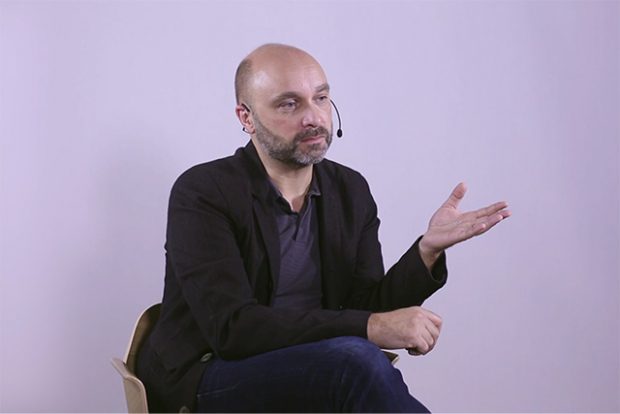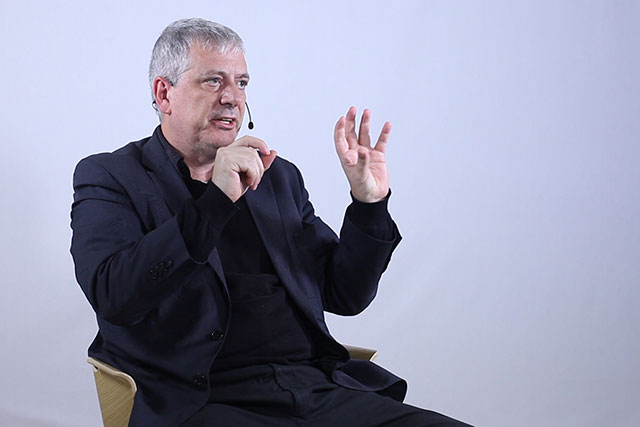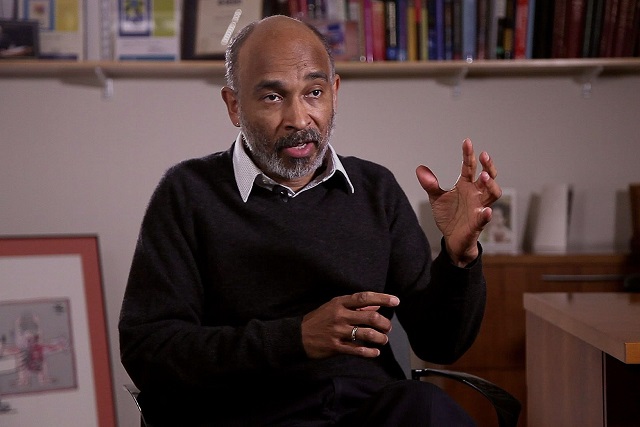Brain Networks
Professor of Neurology, Neurosurgery and Biomedical Engineering at McGill University Sylvain Baillet on brain “software”, brain mapping and neuronal interactions
videos | October 7, 2016
Is it possible to compare the brain with the computer? What is the “software” and the “hardware” of the brain? And how does it help us to analyze the brain? Professor Sylvain Baillet helps us to find the answers to these questions.
Anatomically the brain is certainly a network, and therefore we need to resort to new tools and new concepts to understand better brain functions. This has been definitely a revolution over the past few years in neuroscience and in brain mapping in particular. So we are looking at this already complex system, complex object, anatomically and physiologically speaking. And we are now in the necessity of resorting to more sophisticated tools to extract the necessary information from the data we capture from brain imaging.
If you look at how one brain region is interconnected with another one that you randomly select, everything is connected to everything in the brain but usually with a few intermediate steps of communication which makes the brain look like a small world, a kind of universe. So this notion of small world interconnections and network was actually developed not in brain science but in sociology. There was this famous experiment back in the 1960’s which showed that everyone is connected with anyone else is the society with at maximum six degrees of interconnection. So I could basically get in touch with the president by resorting to my close social network. And little by little, exploring this network of social interactions I would reach to any particular person in the world.

The new tools of brain network analysis start revealing some very pertinent and very significant changes in the wiring and the integrative functions of this patient’s brain that could not be seen at the anatomical level or just the basic mapping level of brain activity. So that is definitely a new dimension in how we look at the brain, and how we study the brain and how we use the techniques to analyze experimental data from healthy controls of the patients. So now the question is : what are the mechanisms that enable communication in the brain, or miscommunication in the case of clinical studies? This is very much an open question these days because it’s a complex one.





























